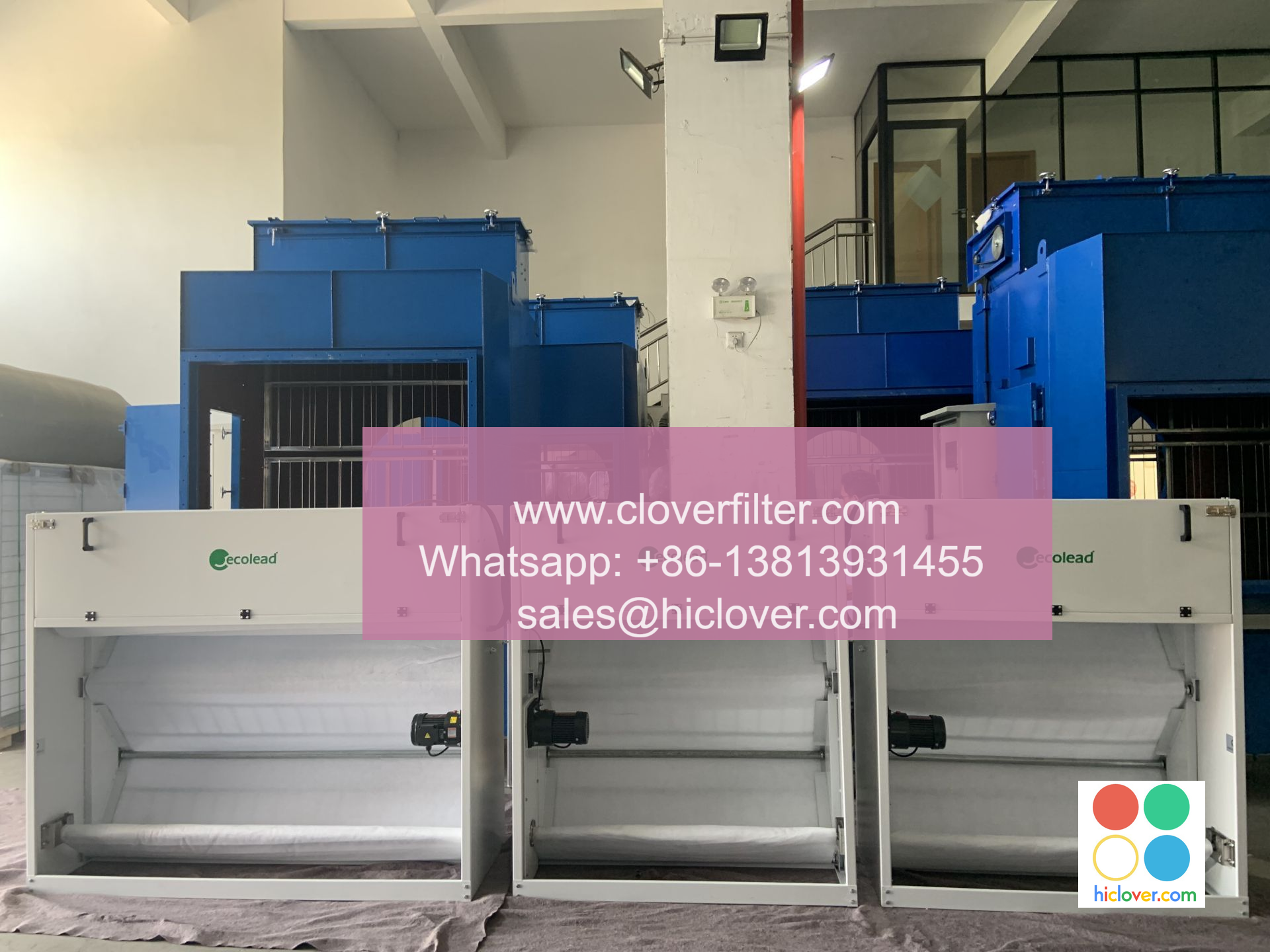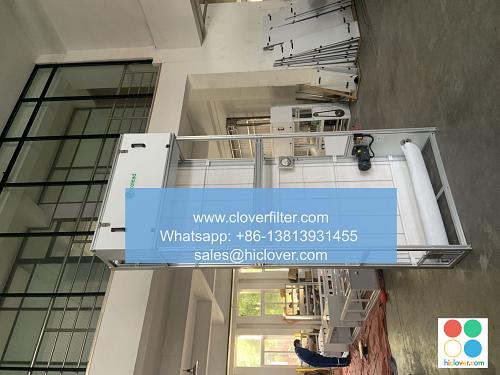Automatic Roll Air Filters: The Key to Reducing Contamination in Toronto’s Electronics Manufacturing

In the heart of Toronto’s thriving electronics manufacturing sector, maintaining pristine conditions is paramount to prevent contamination and ensure the quality of produced components. Among the various methods employed to achieve this, the use of Automatic Roll Air Filters (ARAFs) has emerged as a pivotal strategy. These innovative systems are designed to continuously supply clean air, crucial for the sensitive processes involved in electronics manufacturing. This article delves into the significance of ARAFs in reducing contamination, their operational mechanics, and their benefits, highlighting why they are indispensable in Toronto’s electronics manufacturing facilities.
Electronics manufacturing involves a myriad of intricate processes, including semiconductor production, circuit board assembly, and wiring, among others. These processes are highly susceptible to contamination from airborne particles, which can lead to defects, reduce product lifespan, and increase the risk of device failure. Traditional air filtration systems often fall short in meeting the stringent cleanliness requirements of these environments due to their inability to maintain consistent air quality and their need for frequent maintenance and filter replacements.
Automatic Roll Air Filters address these challenges by providing a continuous and efficient air cleaning process. These filters operate on a simple yet effective principle: they are designed with a roll of filter media that automatically unwinds to replace the section of the filter that has reached its dust-holding capacity. This mechanism ensures that the air passing through the filter always encounters a clean section, thus maintaining high filtration efficiency. The automated nature of ARAFs means that they can operate continuously without the need for manual intervention, except for periodic replacement of the filter roll, which significantly reduces downtime and labor costs associated with filter maintenance.
The implementation of ARAFs in Toronto’s electronics manufacturing facilities has been met with positive outcomes. Not only do these filters help in minimizing airborne contaminants, but they also contribute to a healthier working environment for employees. By reducing particulate matter, ARAFs help in preventing respiratory issues and other health problems that could arise from prolonged exposure to polluted air. Moreover, the consistent air quality provided by ARAFs ensures that the manufacturing processes can be carried out with precision, leading to higher product quality and reduced rejection rates.
Another significant advantage of ARAFs is their adaptability to various manufacturing settings. Whether it’s a small-scale workshop or a large, industrial-scale facility, these filters can be tailored to meet specific needs. Their compact design and versatile mounting options make them easy to integrate into existing ventilation systems, allowing for seamless adoption without significant alterations to the manufacturing infrastructure.
Despite their numerous benefits, the decision to integrate ARAFs into a manufacturing facility should be based on a thorough analysis of the specific needs and challenges of the operation. Factors such as the type of products being manufactured, the size of the facility, and the existing air quality conditions should be considered. Additionally, the cost-effectiveness of ARAFs, including their initial investment and long-term operational costs, should be evaluated against traditional filtration systems to determine the most suitable solution.
In conclusion, Automatic Roll Air Filters represent a critical component in the quest to minimize contamination in Toronto’s electronics manufacturing sector. Their ability to provide continuous, high-efficiency air filtration makes them an indispensable tool for maintaining the pristine conditions necessary for the production of high-quality electronic components. As the electronics industry continues to evolve, embracing innovative solutions like ARAFs will be crucial for manufacturers seeking to enhance their product quality, reduce operational costs, and comply with increasingly stringent cleanliness standards.
FAQs
Q: What is the primary function of Automatic Roll Air Filters in electronics manufacturing?
A: The primary function of Automatic Roll Air Filters is to provide continuous and efficient air cleaning, thereby reducing contamination and ensuring the quality of electronic components.
Q: How do Automatic Roll Air Filters operate?
A: Automatic Roll Air Filters operate by automatically unwinding a roll of filter media to replace the section that has reached its dust-holding capacity, ensuring that the air always passes through a clean section of the filter.
Q: What benefits do Automatic Roll Air Filters offer to electronics manufacturing facilities?
A: Automatic Roll Air Filters offer several benefits, including reduced contamination, improved product quality, healthier working environments, and lower maintenance costs compared to traditional filtration systems.
Q: Are Automatic Roll Air Filters adaptable to different manufacturing settings?
A: Yes, Automatic Roll Air Filters are highly adaptable and can be tailored to meet the specific needs of various manufacturing facilities, ranging from small workshops to large industrial facilities.
Q: What factors should be considered when deciding to integrate Automatic Roll Air Filters into a manufacturing facility?
A: The decision should be based on a thorough analysis of the facility’s specific needs, including the type of products manufactured, facility size, existing air quality, and a cost-effectiveness evaluation against traditional filtration systems.

